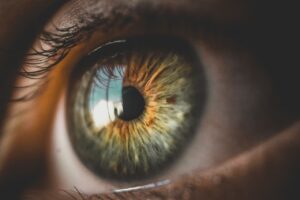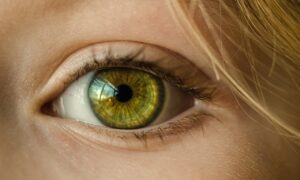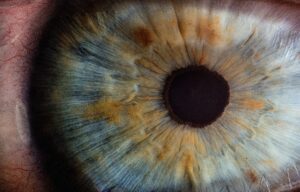Glaucoma
What is glaucoma?
Glaucoma is a term used to describe a group of conditions that are characterized by progressive optic nerve damage in the eye, often linked to a buildup of pressure. This increased pressure damages the optic nerve, which is responsible for transmitting images to your brain. If this damage continues, glaucoma can lead to permanent vision loss. While some types of glaucoma are not categorized as rare (e.g. primary open-angle glaucoma), other types are. These include:- Congenital glaucoma: glaucoma diagnosed in infancy or early childhood
- Pseudoexfoliation syndrome: glaucoma characterized by flaky material that peels off of the outer layer of the eye
- Irido Corneal Endothelial Syndrome (ICE): glaucoma usually only found in one eye when the back of the cornea has spread around the eye
- Neovascular glaucoma: glaucoma that has been caused by the abnormal formation of new blood vessels on the eye
What causes glaucoma?
Glaucoma is caused by a problem in the way that the liquid in the front part of the eye circulates. Normally this fluid flows through a mesh-like channel, but this channel gets blocked from various ways in glaucoma, leading to a high fluid pressure buildup inside of the eye. The overall reason for this blockage is unknown. Doctors speculate that the cause could be from mutated genes, injuries to the eye, and/or inflammatory conditions.What are the symptoms of glaucoma?
Symptoms of glaucoma largely depend on the particular type of the condition (see above), and sometimes, patients do not notice any symptoms early on. Often times, however, the first sign of glaucoma is a loss of peripheral vision, which may be difficult to detect. As pressure rises, eye pain, headache, and/or blurred vision can occur. Patients with glaucoma also report seeing halos around lights.How is glaucoma diagnosed?
Glaucoma is diagnosed after an eye doctor dilates the pupils and conducts an eye exam to check the optic nerve. In addition, an eye test called a tonometry can be done to check eye pressure.What are the available treatments for glaucoma?
The following are types of glaucoma treatment that may be used in combination with each other:- Prescription eye drops to reduce the formation of fluid in the eye or increase the outflow of this fluid
- Laser surgery to increase drainage of fluid
- Microsurgery to create a new eye drainage channel
- Oral medications to bring down eye pressure levels
Where can I find out more about glaucoma?
Glaucoma Articles






Phase 3 Trial Initiates to Evaluate TRS01 Eye Drops for Uveitis
Jessica Lynn
September 29, 2021
Read More »

Using Artificial Intelligence Can Change Glaucoma Diagnosis
Jessica Lynn
September 10, 2021
Read More »




